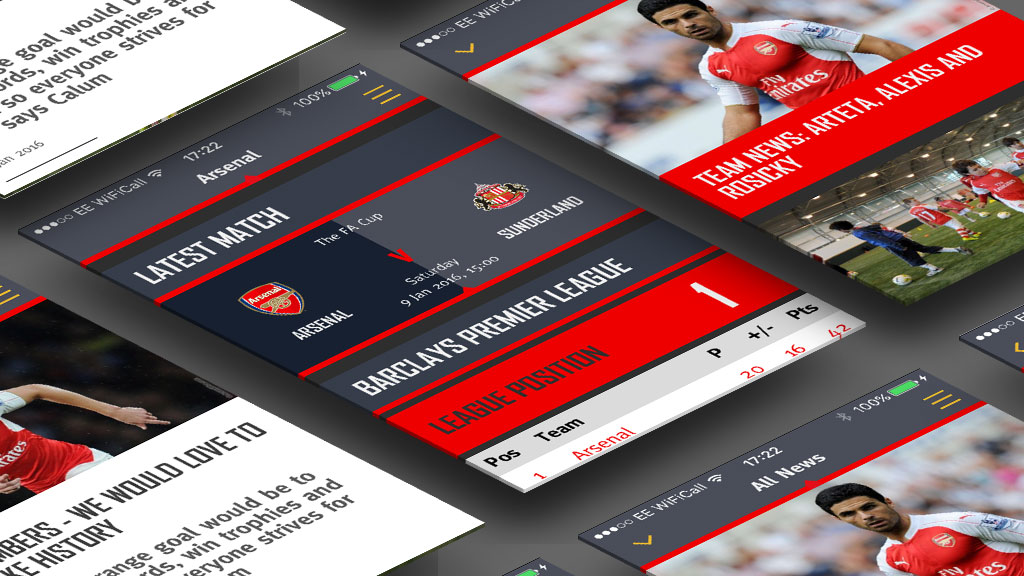The Importance of Customer Experience in Mobile Apps
A recent report by appfigures found that 2017 saw the first decline in the number of available iOS apps whilst the number for Android is still growing, and there has been a decline in numbers of non-native apps. Quality is outplaying quantity.
Total Android apps up to 3.6m, iOS apps down to 2.1m
appfigures’ research found that at the beginning of last year both Apple’s App Store and Google Play were growing with both having over 2 million apps available for download (with Android having the higher number, nearing 3 million). Now that we look back at what happened as the year drew to a close, we see that Google Play continued to grow by around 30%, with more than 3.6 million apps available. This was in contrast to the decline in number of apps available in Apple’s App Store, seeing a drop of around 5% to 2.1 million apps.

The decline seen with iOS apps is in part due to stricter enforcement of Apple’s review guidelines as well as a spring clean of the store to remove old apps no longer supporting 64-bit architecture.
The number of new apps being released will, of course, affect the total number available to download.
More new Android apps, fewer new iOS apps
2017 was the first year that saw a drop in the number of new apps being launched in the App Store to 755,000 – a whopping 29% decrease in fact – the first decrease since its launch in 2008. Android apps, on the other hand, saw a substantial rise, with the number of new apps hitting Google Play in 2017 increasing by 17% to over 1.5 million.
Drop in % of non-native apps on both platforms
It is commonly assumed that there are more and more non-native apps being created in order to push them to both platforms more easily. We were encouraged to see, however, that there has been a shift in the balance between native and non-native apps. Actually the numbers in 2016 were still relatively low with 32% of iOS and 27% of Android apps created using non-native tools, but these dropped even lower in 2017 to 24% and 10% respectively.
Of those apps that are non-native, 40% are written using tools specifically designed for developing games, which we wouldn’t expect to see being native apps.
This shift is something that highlights the importance of creating apps that fulfil a user need, and take into account the platform being used.
Delivering exceptional mobile experiences
As an agency we are seeing clients realising not only the critical importance of developing an app that meets the needs of their users but of beginning to understand what drives its success.
We’ve noticed a greater appreciation of factors such as:
- native app development (platform-specific)
- catering for Android and iOS (not forgetting the above point!)
- data-driven decisions (utilising mobile analytics to understand app users)
- importance of content and technology (such as video and push notifications)
- responding to feedback (bug fixes and new features)
- linking accounts with single sign-on (e.g. sports clubs enabling in-app ticketing)
We’re proud to be able to say that when we develop apps for clients, we know that we are creating something that is going to be well-loved and really add value to the user by providing an exceptional experience, through design, development and careful consideration of content. Having recently been shortlisted in the Sports Technology Awards, Sports Business Awards, Football Business Awards and UK App Awards for our work on the Android and iOS apps for Swansea City FC, we’re pleased to see these examples of best practice in use being recognised.



